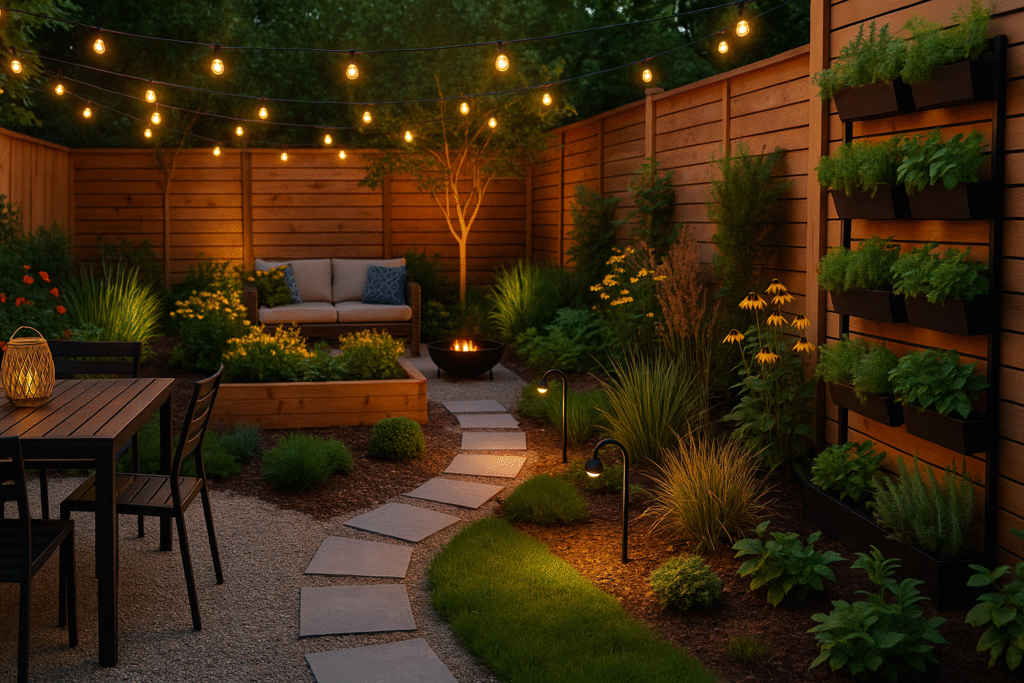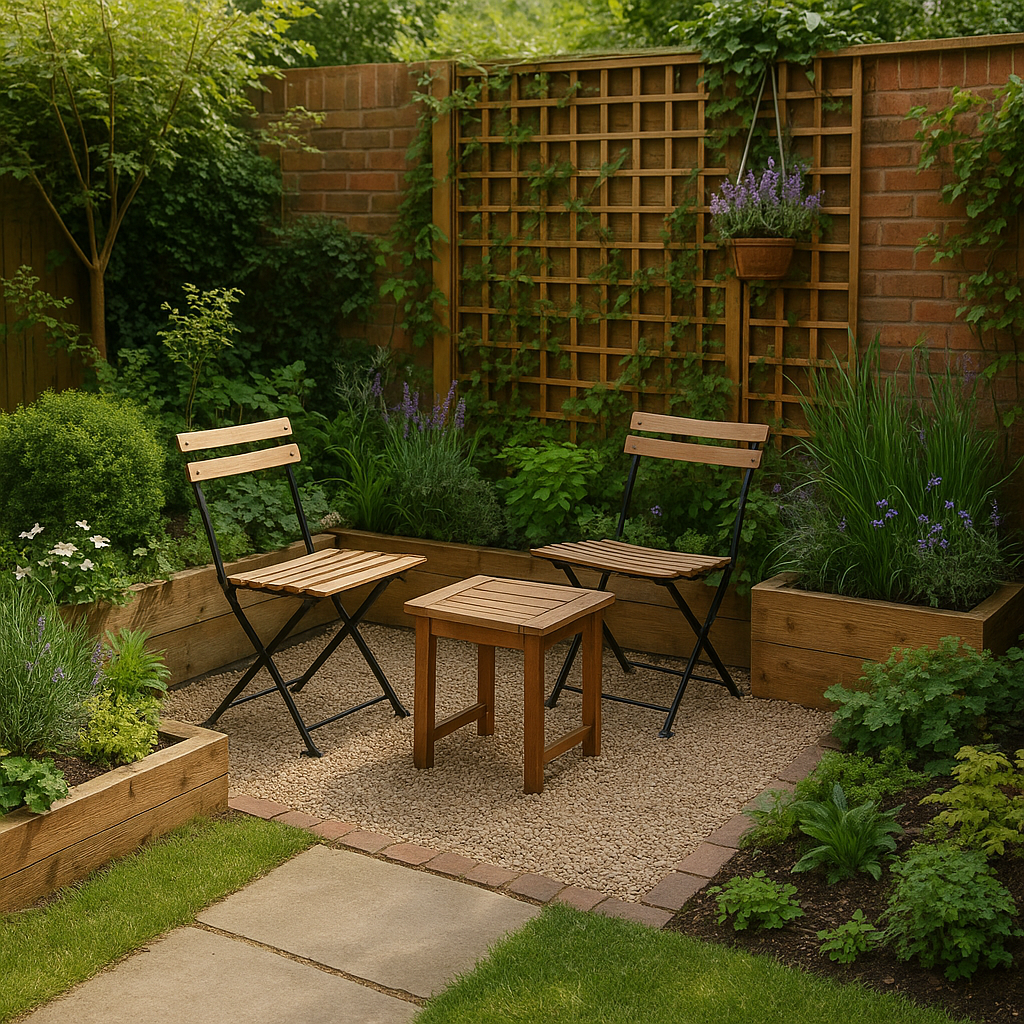How to Design a Small Garden Without a Professional: A DIY Guide for Urban Green Thumbs
Designing a small garden without hiring a professional might sound…
Designing a small garden without hiring a professional might sound like a big task—but it’s totally doable. With the right planning, a dash of creativity, and a sprinkle of botanical science, you can transform even the tiniest outdoor space into a lush oasis. Whether you’re working with a balcony, a mini backyard, or a patch by the windowsill, this guide will help you design a low-cost, high-impact garden—all by yourself.
🌱 Why Small Garden Design Matters More Than You Think
According to research published in Urban Forestry & Urban Greening, exposure to even small pockets of greenery significantly reduces stress and improves air quality. Designing your own garden isn’t just about aesthetics—it’s about creating a mini ecosystem that supports your mental health and even urban biodiversity.
🛠️ Step-by-Step Guide to Designing Your Own Small Garden
1. Analyze Your Space Like a Pro
- Sunlight Mapping: Observe your garden area throughout the day. How many hours of sunlight does it receive? This determines what plants will thrive.
- Soil Check: Scoop some soil, wet it, and ball it up. If it crumbles, it’s sandy. If it sticks like clay, it needs organic material.
- Wind Patterns: Wind dries out soil quickly. Use trellises or dense plants as windbreaks if needed.
🧠 Tip from a horticulturist: “Always understand your microclimate before selecting plants. Even a 3-meter balcony can have diverse growing zones.”
2. Sketch Your Layout—Yes, Even If You Can’t Draw
Use graph paper or free apps like iScape or Planter. Map out:
- Seating areas
- Planting zones (sun vs. shade)
- Vertical elements (walls, railings, fences)
- Pathways (stones, mulch trails)
🧑🎨 Human insight: “Drawing your dream garden, no matter how simple, helps you visualize and make better use of every inch.”
3. Choose Plants That Love to Be Neighbors
- Companion planting isn’t just for farmers. Basil and tomatoes? Best buds. Lavender near roses? A fragrant win.
- Use vertical layers:
- Ground covers (thyme, creeping Jenny)
- Mid-height flowers (zinnias, marigolds)
- Tall/trellis plants (climbing beans, ivy)
4. Get Creative with Containers
Small gardens thrive with the right pots:
- Hanging baskets for strawberries or herbs
- Wall-mounted planters for leafy greens
- Repurposed crates and tin cans for that rustic touch
🎨 Fun fact: A 2023 study found vertical gardens can increase usable growing space by up to 70% in balconies under 6m².
5. Add Personality with DIY Features
- Old wooden ladders = multi-level plant shelves
- Painted stones = quirky garden markers
- Solar-powered string lights = instant ambiance
🔬 The Science Behind Small Garden Success
Gardening activates the parasympathetic nervous system—the one responsible for relaxation. A 2021 study from the Journal of Health Psychology showed that even 20 minutes of gardening can lower cortisol levels more effectively than reading.
💬 Personal note: “After a long day of screens, watering my plants resets my mood better than coffee.”
🧩 Final Touches: Make it Functional AND Fabulous
- Foldable seating saves space
- Herb spiral designs combine function and form
- Rainwater catchers are eco-friendly and efficient
🌼 No Pro? No Problem.
Designing your small garden is about making the most of what you have. By understanding your space, using science-backed plant choices, and infusing your own personality, you can create a stunning green retreat—no landscape architect required.





